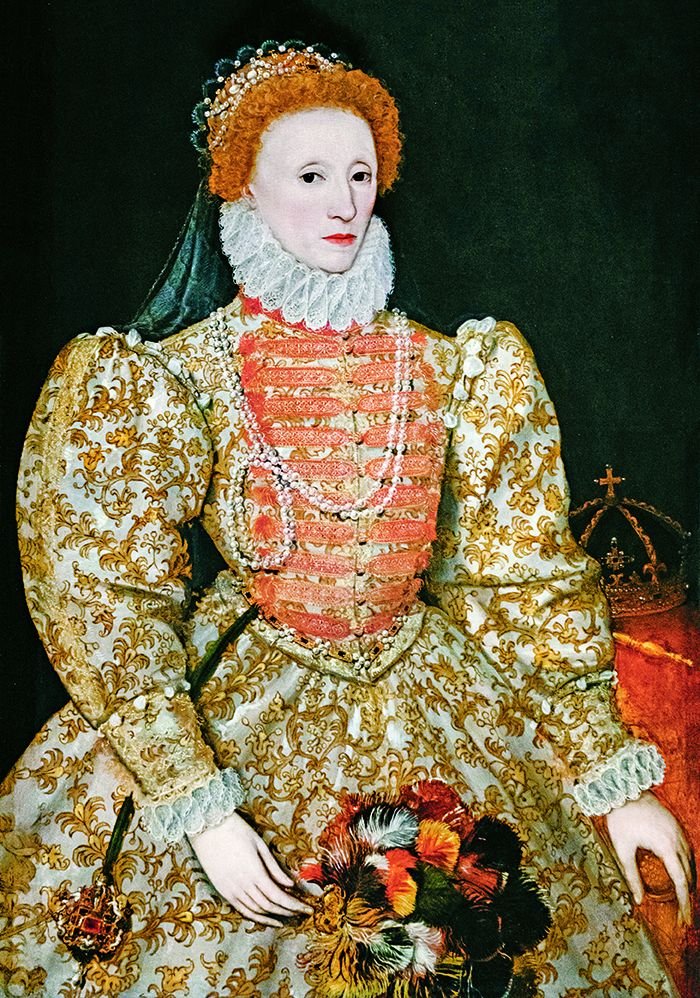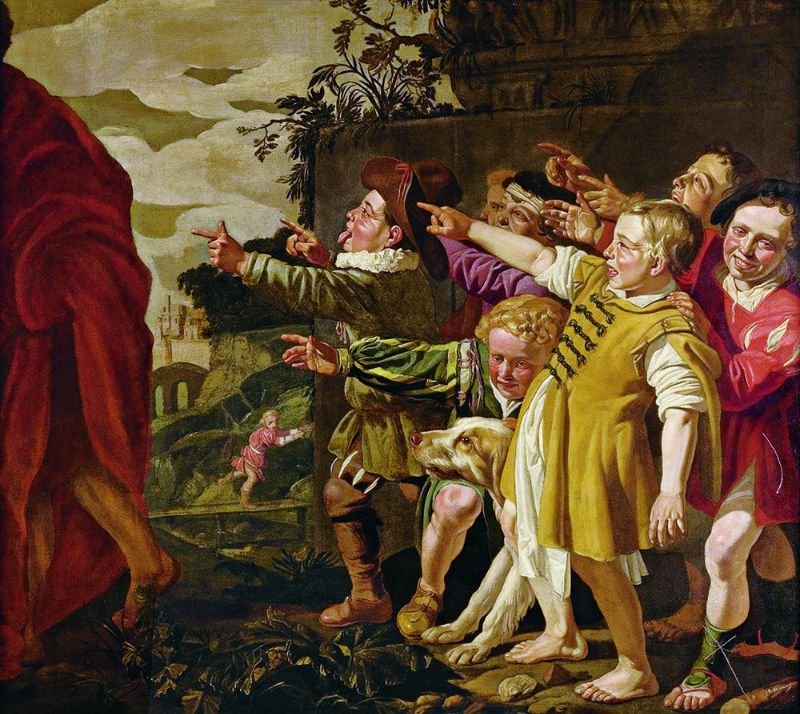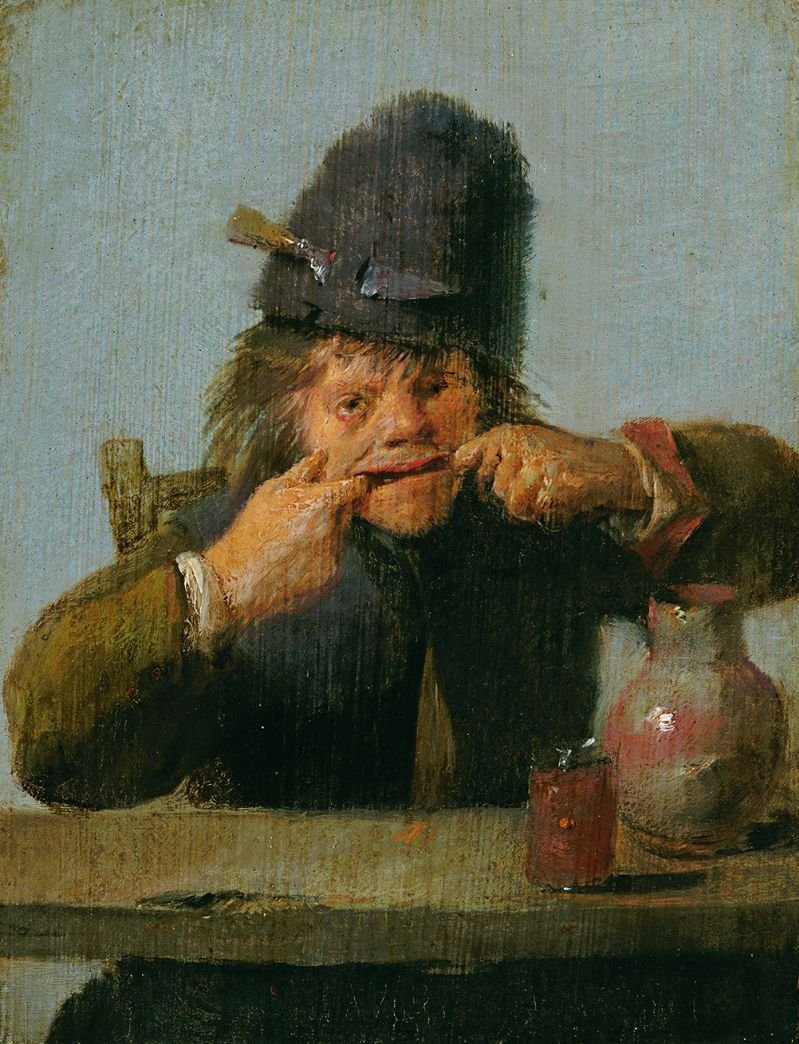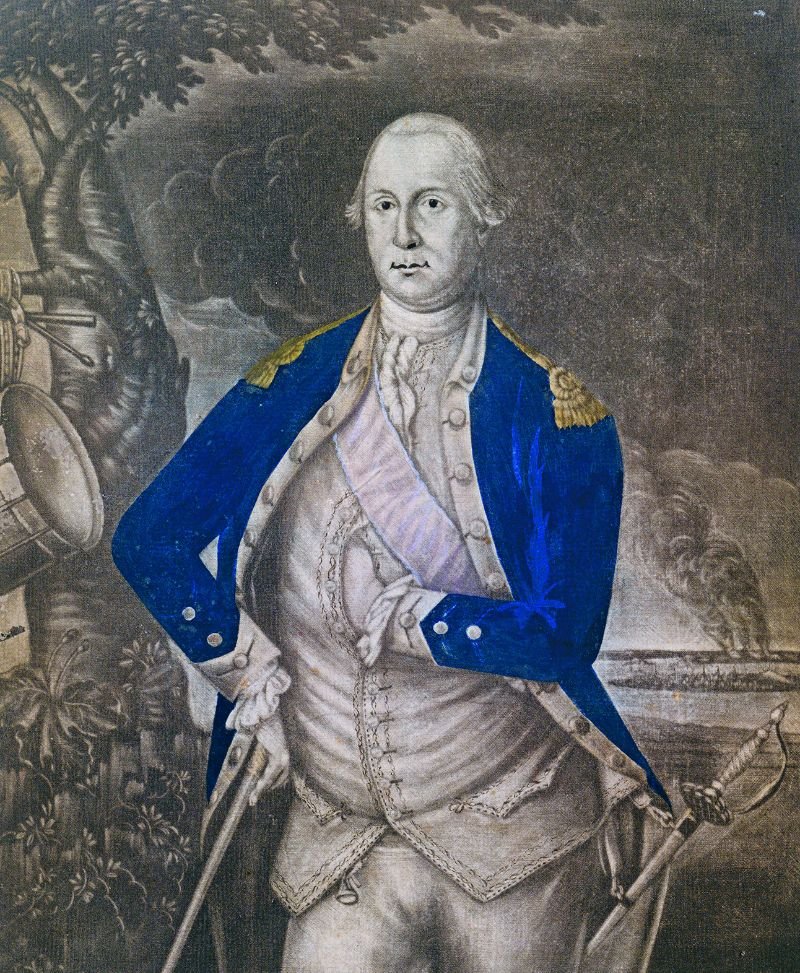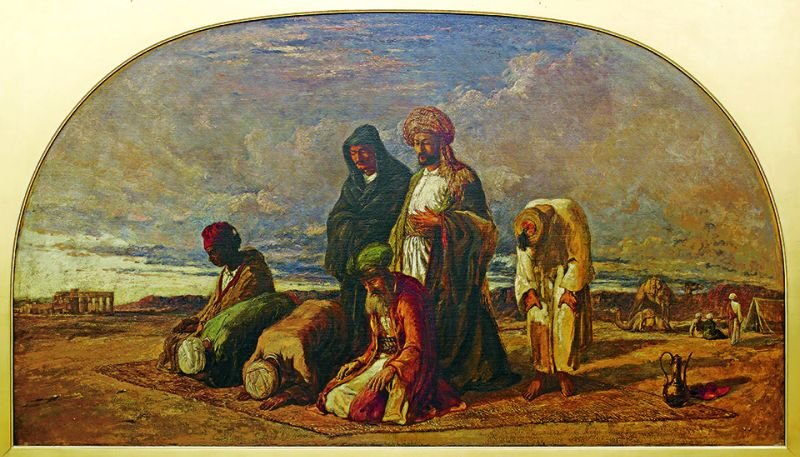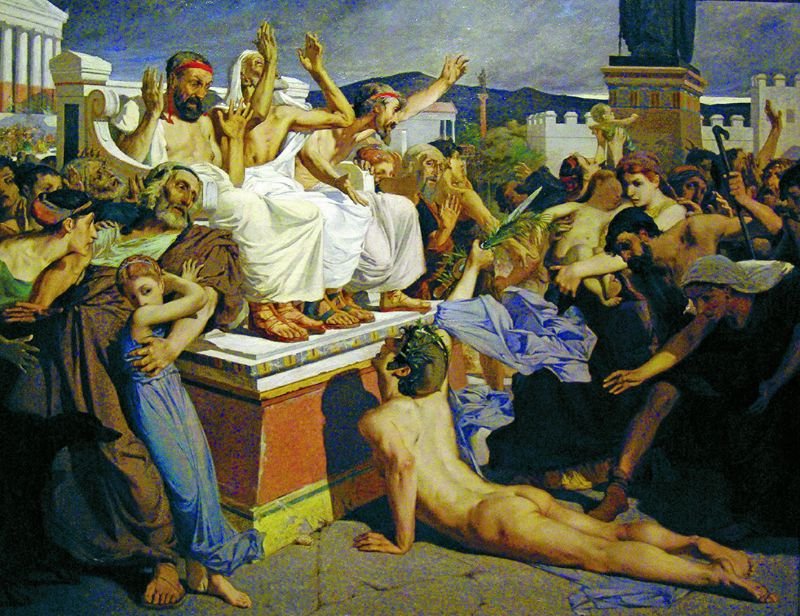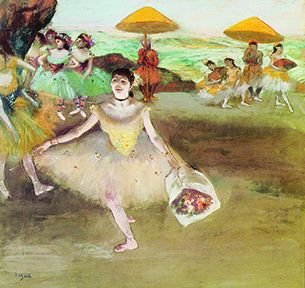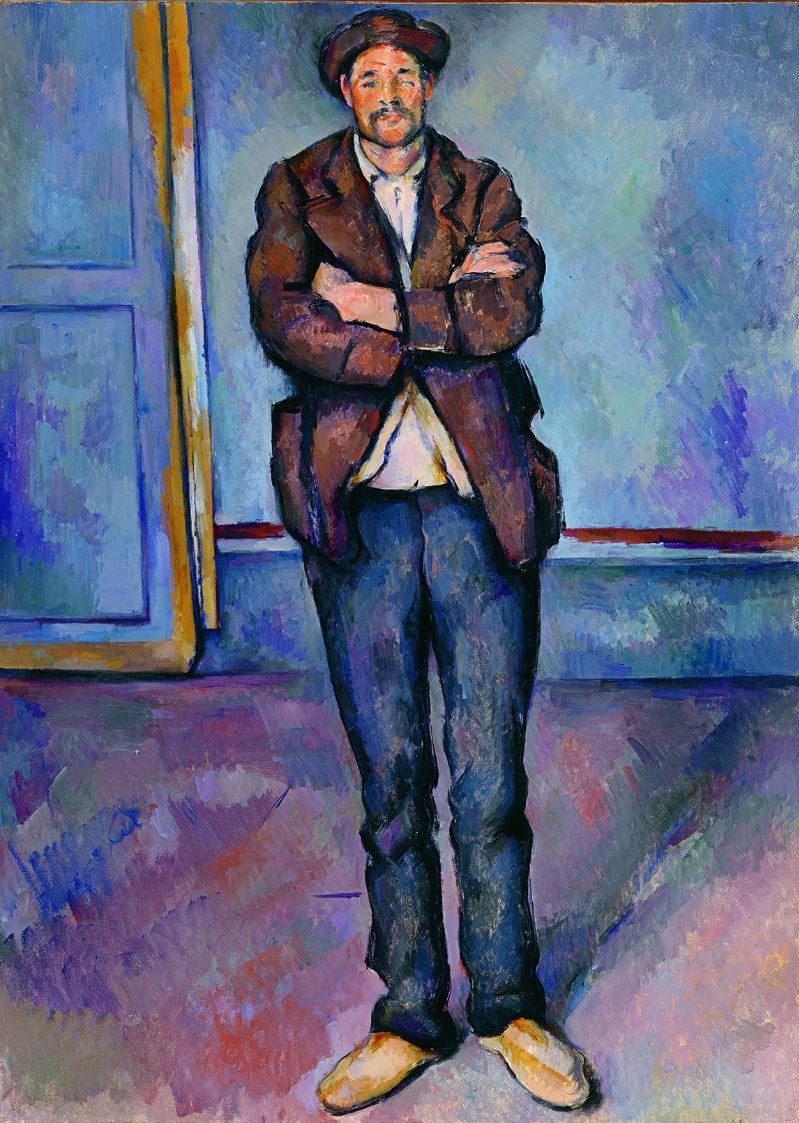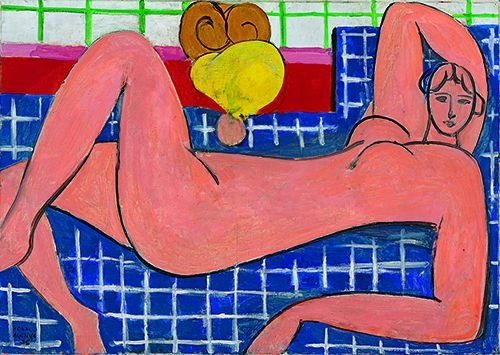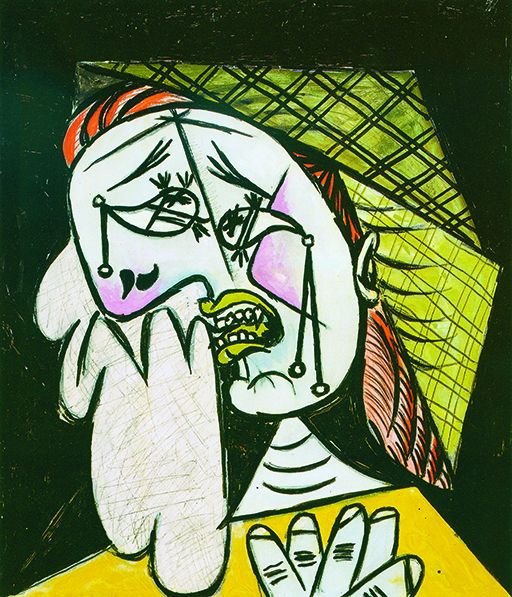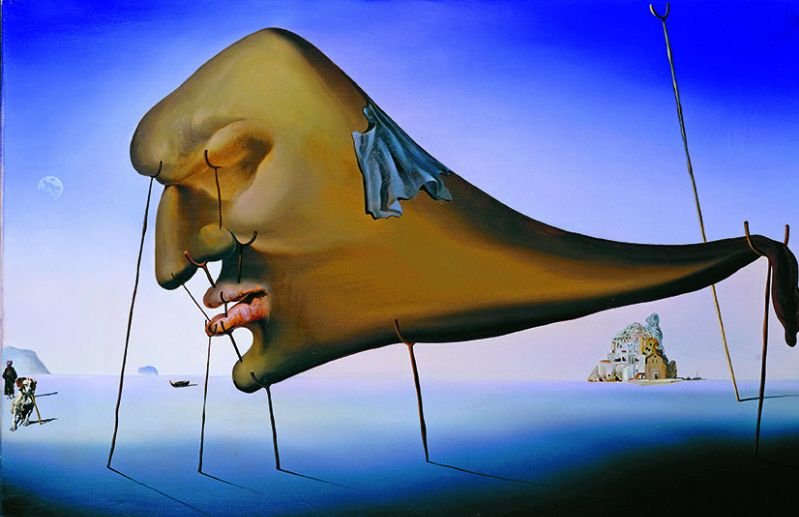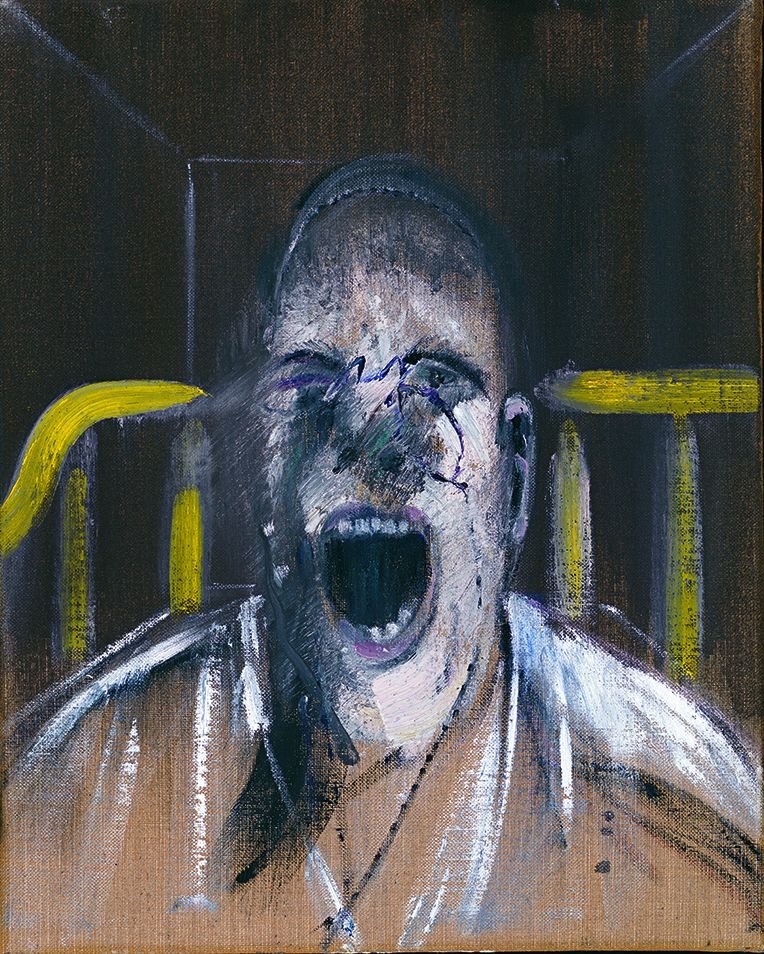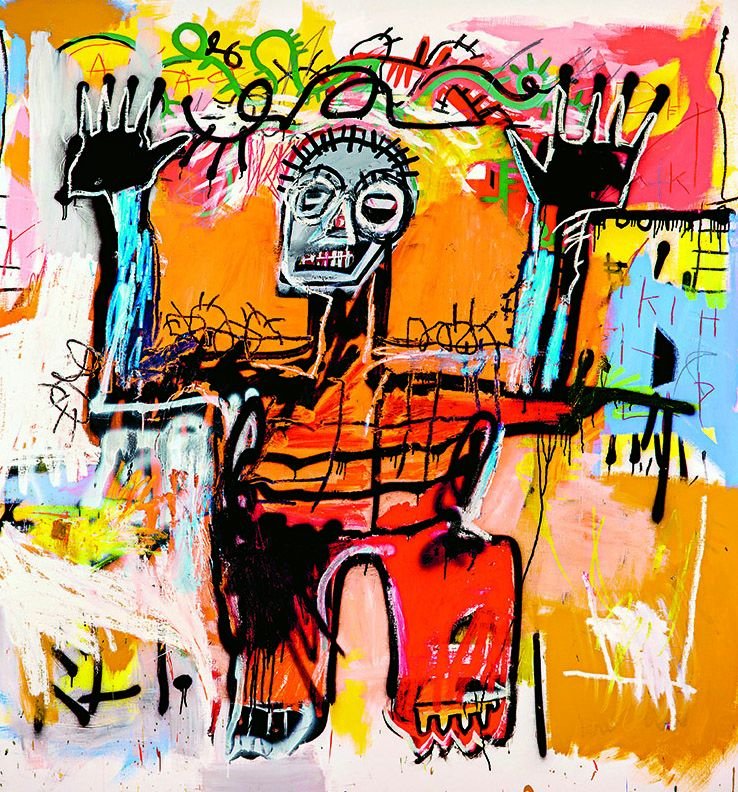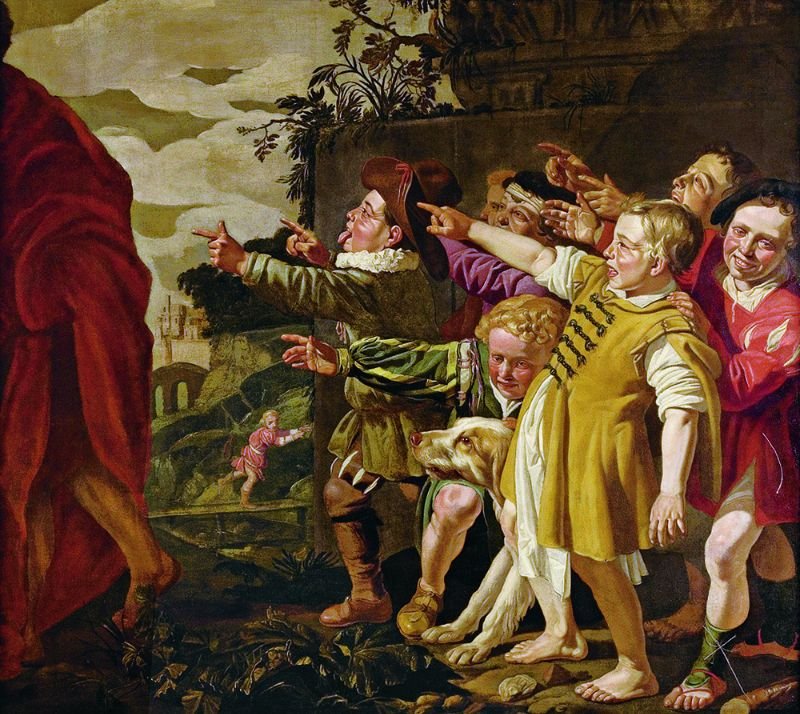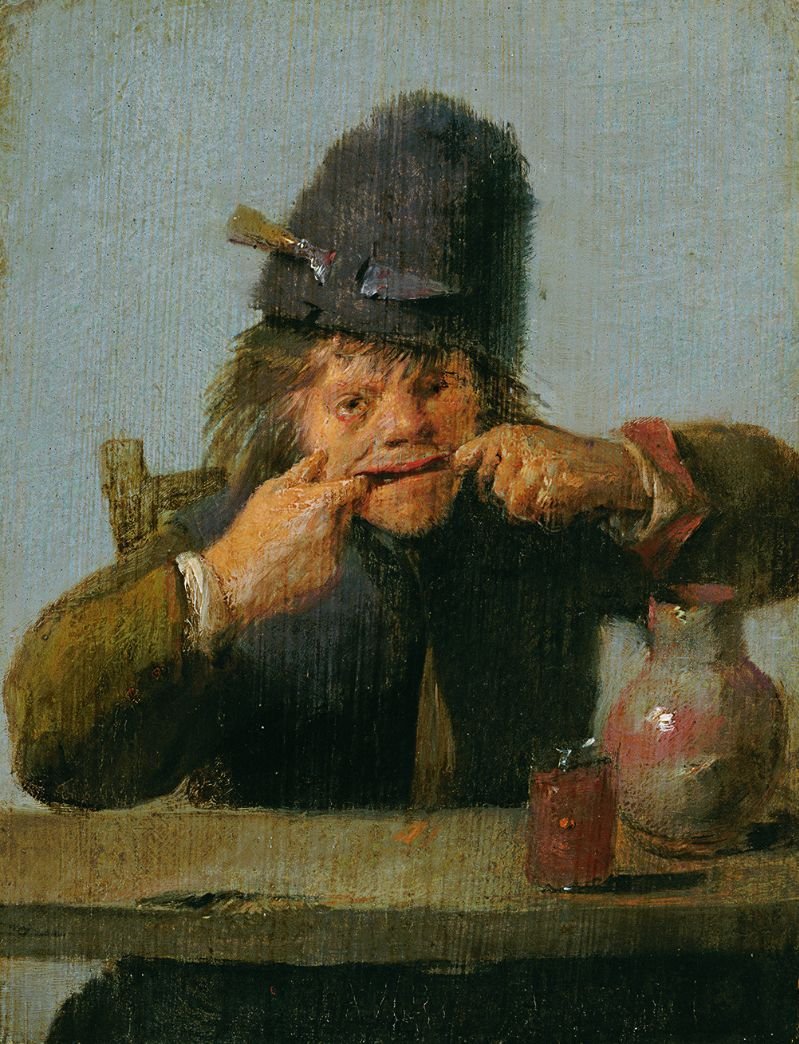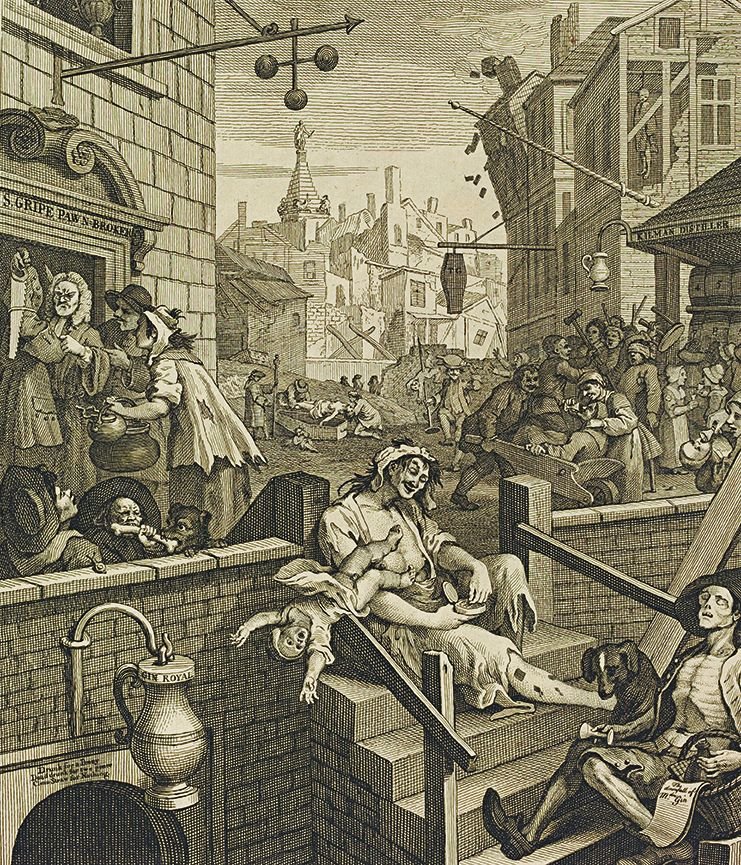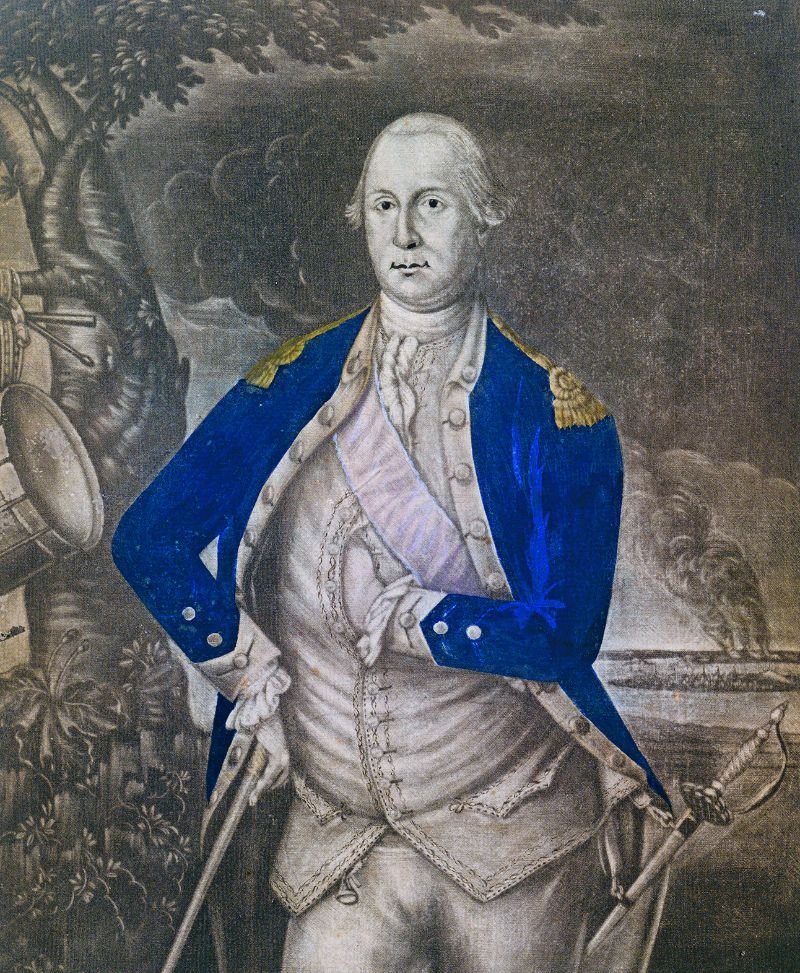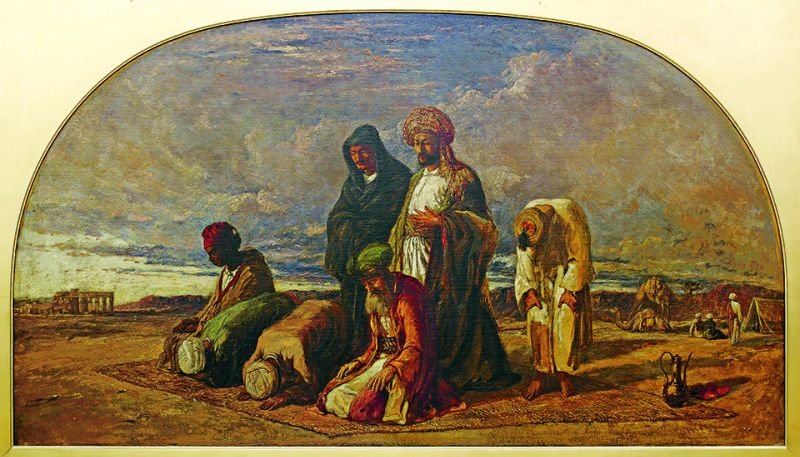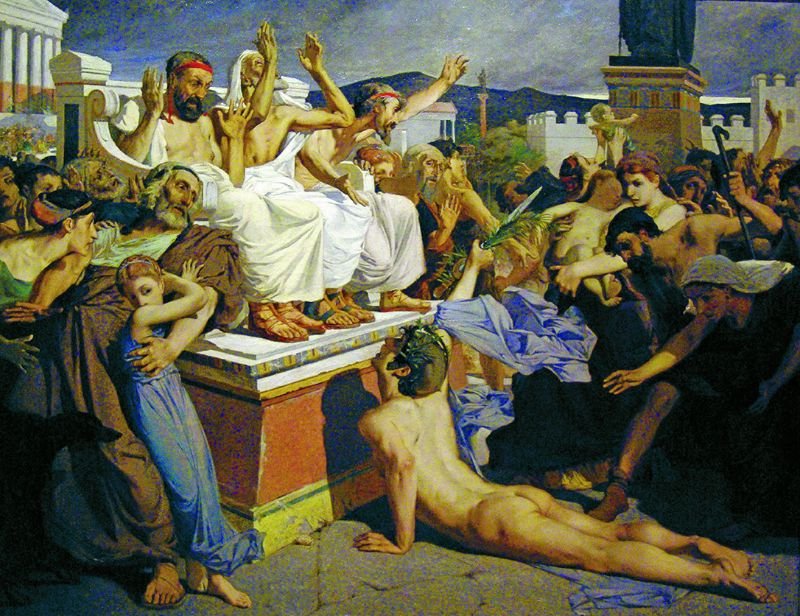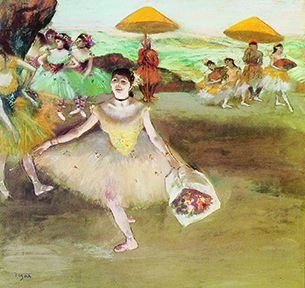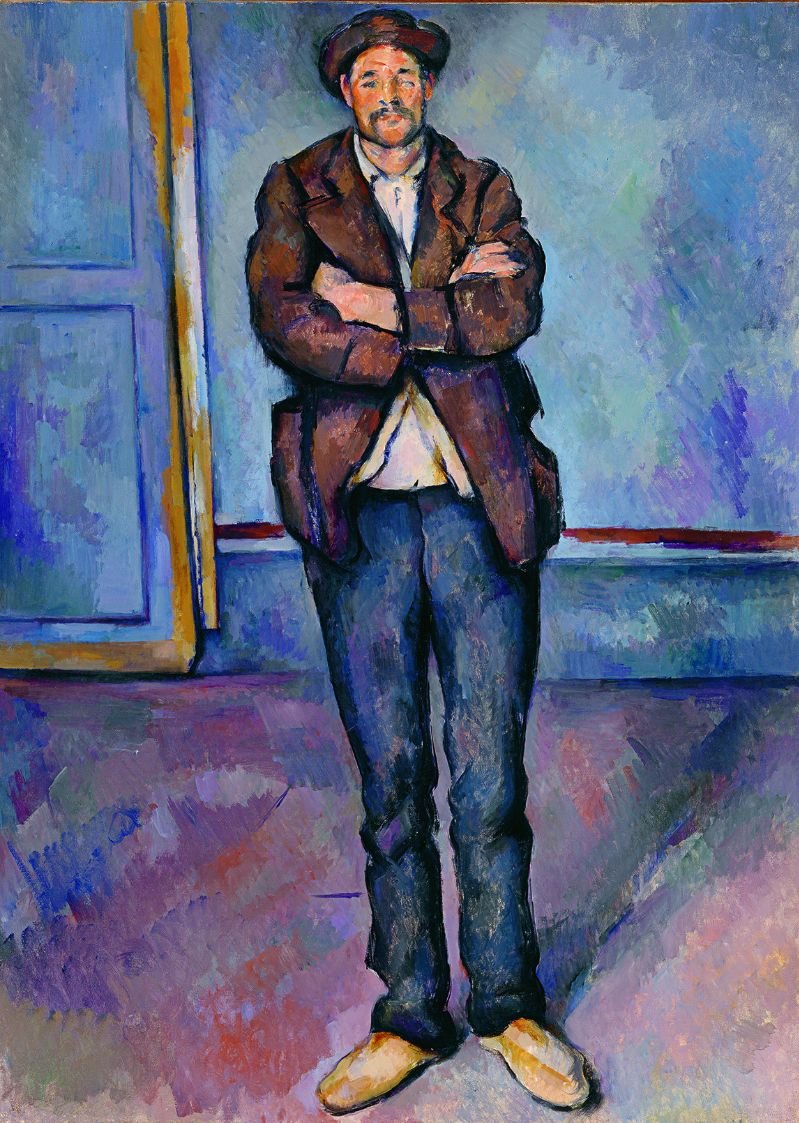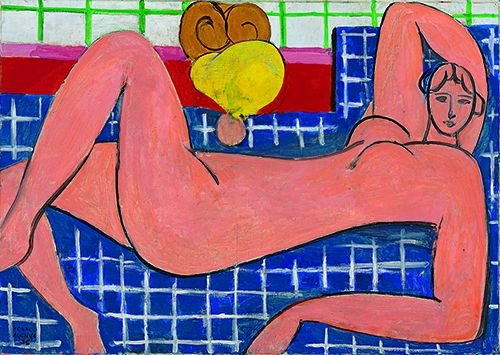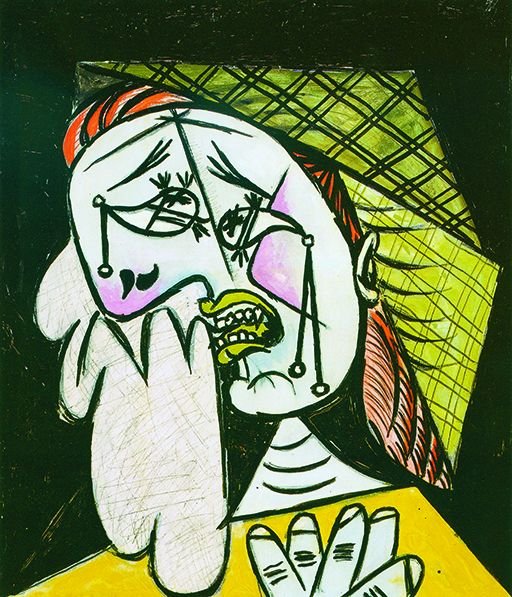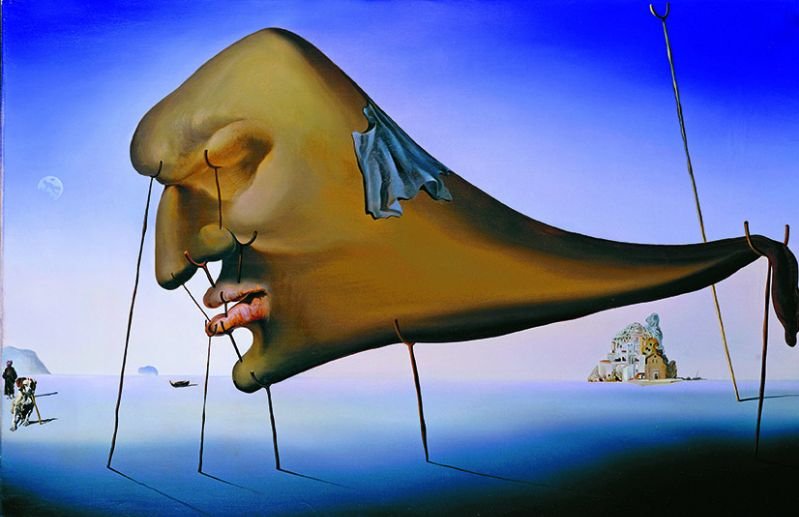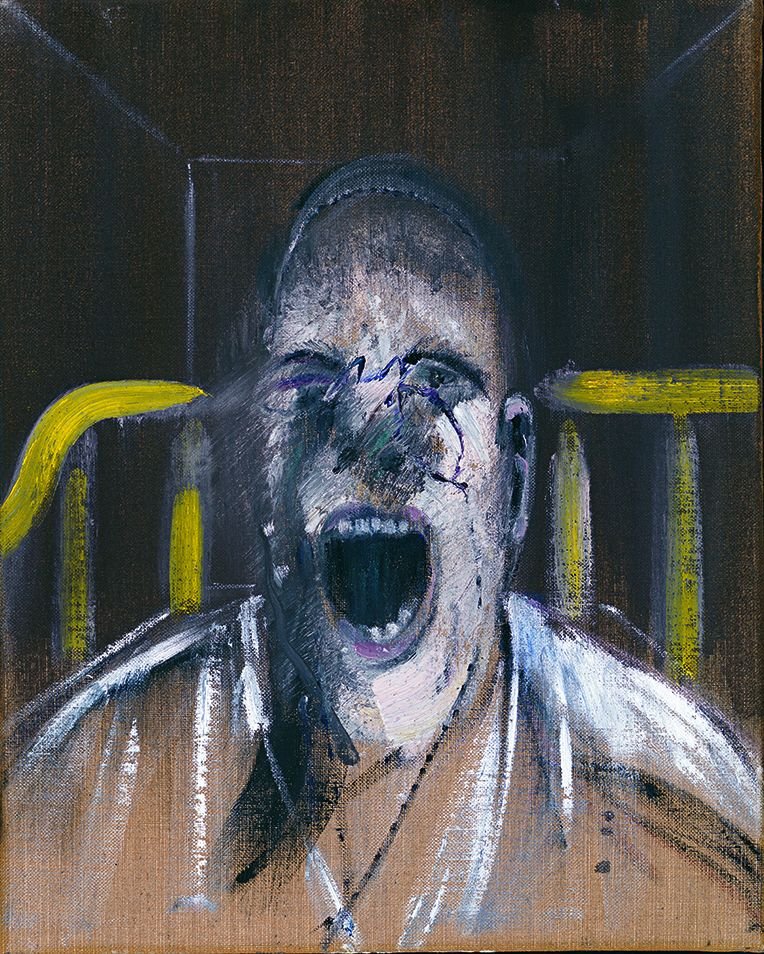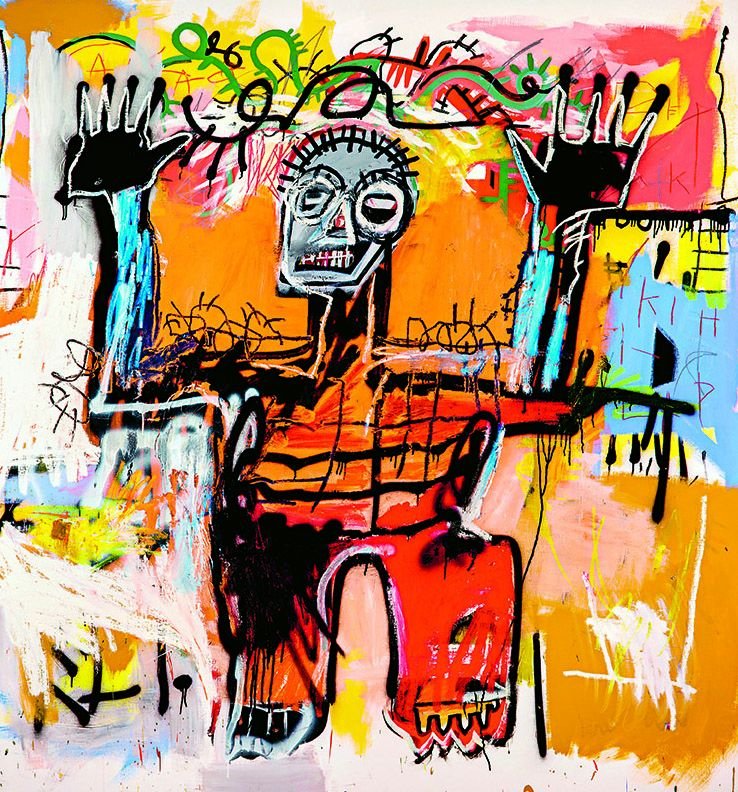In posa
L'arte e il linguaggio del corpo
An artist undertaking a portrait cannot but consider the pose to be given to the subject. Standing, sitting or reclining? What feelings will the expression convey? Will the arms be folded or busy performing some apotropaic rite? While a portrait unquestionably strikes us first and foremost for the quality of the painting and the sitter’s identity, every gesture, expression and posture of the body actually constitutes a key to a casket in which we can discover traces of the lifestyle of a particular historical period and legacies of cultures distant in time and space.
And who could be better able than Desmond Morris to take up the challenge of recounting the history of body language in such a way as to delight the reader? Combining his two personae, the ethologist and Surrealist painter, he guides us on an extraordinary exploration of the postures that have attracted the attention of art lovers for centuries, from Roman statuary all the way to Pop Art. We thus discover why Napoleon was always portrayed hand-in-waistcoat and sovereigns often with one foot towards the viewer. And while it is true that gestures like shaking the fist are universal, sticking the tongue out can be interpreted as a manifestation of demonic nature or simple childish impertinence depending on the period involved.
With brilliant insight, Morris tells us how artists have given shape in their works to the changes involving social habits and conventions over the centuries. In doing so, he encounters surprising similarities and eternal recurrences, rediscovering long-forgotten gestures and shedding new light on masterpieces regarded as more familiar.
Textual index
Introduzione
Saluti
Il braccio alzato – La stretta di mano – L’abbraccio – L’inchino e la riverenza – L’inginocchiarsi – La prosternazione
Benedizioni
L’imposizione delle mani – La benedizione latina e la benedizione ortodossa – La benedizione buddhista – La benedizione vulcaniana
Status
La postura eretta – La mano a doppio spacco – La mano nascosta – Il gomito dominante – La brachetta – Il piede puntato – Il corpo piegato – Atti disinibiti e squallore urbano
Insulti
Le smorfie – La linguaccia – Il pollice al naso – I gesti delle dita – I gesti delle mani – Il gesto dell’ombrello – Il mostrare le terga
Minacce
Il pugno alzato – La mano che agguanta il vuoto – Le facce minacciose – Il gesto di sfida – I gesti di minaccia simbolici
Sofferenza
Il pianto – Il cordoglio – Il dolore fisico – Il terrore – Il disgusto – La sofferenza simbolica
Autodifesa
La fuga – La resa – L’armatura – L’autoesclusione – Mani o braccia incrociate – Le braccia conserte – Le mani sui fianchi – Le dita incrociate– Il gesto delle corna – I tatuaggi – Il velo
Erotismo
Il nudo – Il seno – La foglia di fico – L’abbraccio – Il bacio – Il bondage
Riposo
Incrociare le gambe – Accovacciarsi – Appoggiarsi – Sdraiarsi – Dondolare – Sbadigliare – Dormire
In posa


